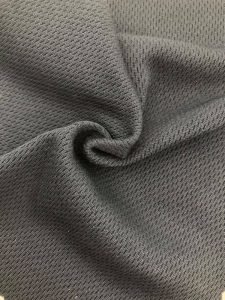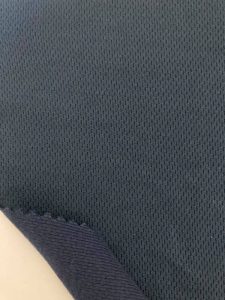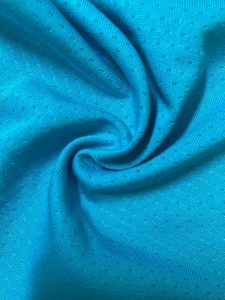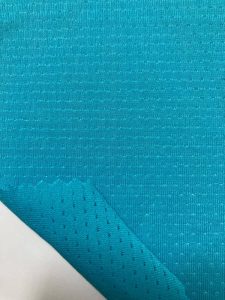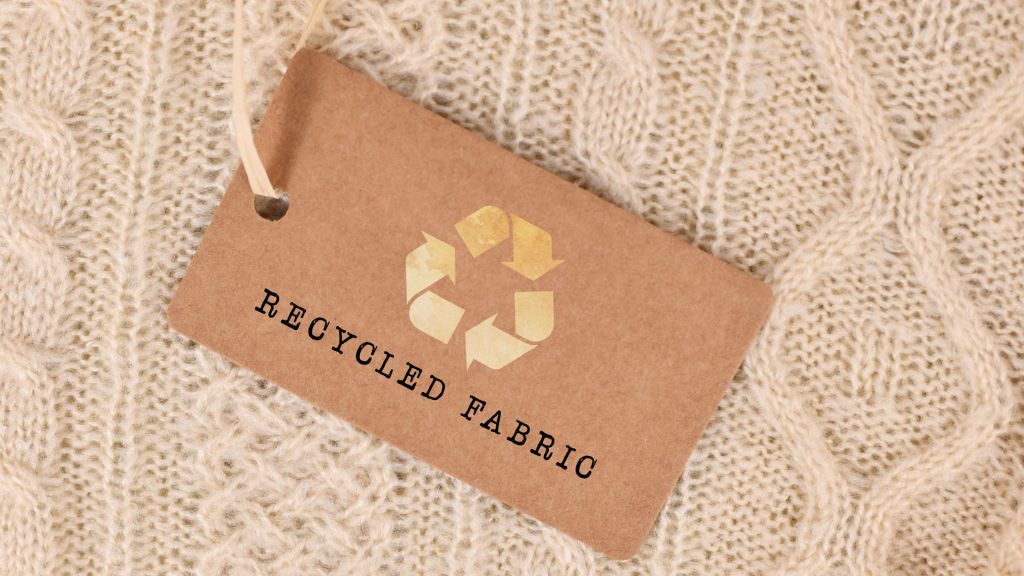
In a world increasingly aware of the environmental cost of our choices, many industries have turned towards more sustainable practices. A standout innovation in this shift is the use of recycled fabric.
Unlike conventional textiles that often result in significant waste and pollution, recycled fabric offers an eco-friendly alternative that minimizes environmental impact.
目錄
Are recycled fabrics safe?

When it comes to sustainability, one of the most common concerns is whether recycled fabrics are safe for consumers. As the demand for environmentally friendly products grows, it’s essential to address the safety of these materials. Here’s what you need to know:
Understanding Recycled Fabrics
Recycled fabrics are made from repurposing waste materials, such as plastic bottles, old garments, and textile scraps. The most common types include recycled polyester, nylon, and cotton. These fabrics undergo various processes to break down the original material and transform it into new fibers, which are then spun into yarns and woven or knitted into fabrics.Safety Standards and Regulations
Recycled fabrics, like all textiles, must meet stringent safety standards before they reach consumers. These standards are designed to ensure that the materials are free from harmful substances and safe for use in clothing, home goods, and other products. Certifications like OEKO-TEX® Standard 100, GRS (Global Recycled Standard), and Bluesign® are commonly used to verify the safety and sustainability of recycled fabrics.Chemical Safety in Recycled Fabrics
A significant concern regarding recycled fabrics is the potential for chemical contamination. The recycling process often involves cleaning and treating the materials, which may require the use of chemicals. However, responsible manufacturers ensure that these processes do not introduce harmful chemicals into the final product. Many recycled fabrics undergo rigorous testing to detect and eliminate any hazardous substances, making them as safe as their virgin counterparts.Microplastics and Environmental Impact
Another concern is the potential shedding of microplastics from recycled synthetic fabrics, such as polyester. While this is an issue with both recycled and virgin synthetic fabrics, innovations in fabric technology are helping to reduce microplastic release. Additionally, consumers can mitigate this risk by using washing bags designed to capture microfibers during laundry.Comparing Recycled and Virgin Fabrics
When comparing recycled fabrics to virgin materials, it’s important to note that both types can be safe when produced responsibly. Recycled fabrics offer the added benefit of reducing waste and conserving resources, which contributes to a healthier environment. Choosing products made from recycled materials not only supports sustainability but also adheres to the same safety standards as products made from new materials.Key Benefits of Recycled Fabric: A Sustainable Solution for a Greener Future
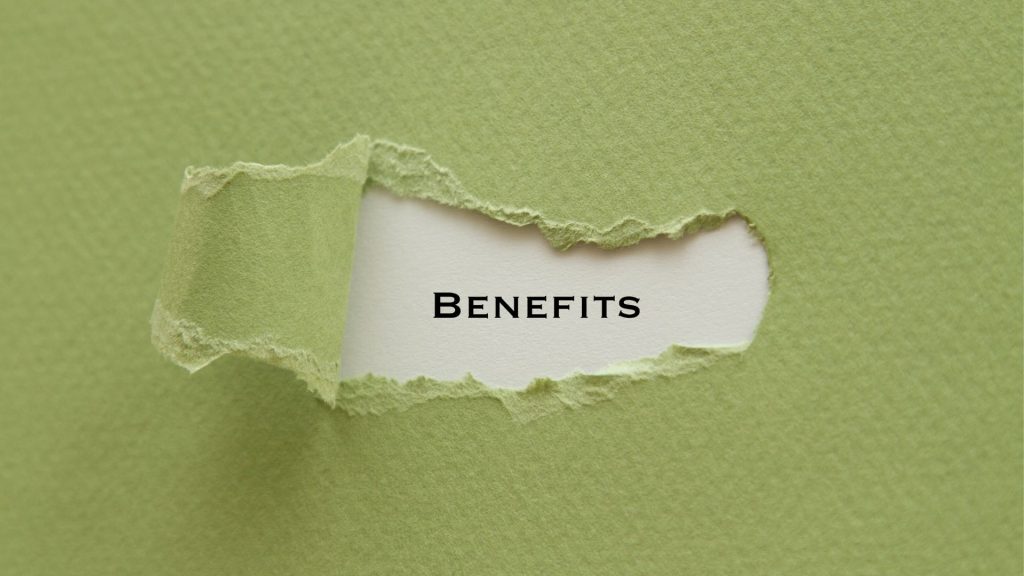
As industries increasingly focus on reducing their environmental impact, one sustainable solution gaining traction is the use of recycled fabric. This shift isn’t just a trend; it represents a fundamental change in how materials are sourced and used, offering multiple benefits that contribute to a more sustainable ecosystem.
Here are some of the key advantages of incorporating recycled fabric into various industries:
1. Reduction in Waste and Resource Utilization
Recycled fabrics significantly reduce waste by diverting millions of tonnes of textile waste from landfills back into production. This process not only minimizes landfill usage but also conserves resources, as traditional fabric manufacturing consumes large amounts of water, energy, and raw materials. By using recycled fabrics, we reduce the demand for these resources and lower the overall environmental impact.
- Significantly reduces textile waste, diverting millions of tonnes from landfills.
- Conserves valuable resources by decreasing the need for water, energy, and raw materials in production.
2. Lower Carbon Footprint
Producing new textiles is energy-intensive and emits significant carbon emissions, whereas recycled fabric production often uses less energy and produces fewer emissions. For instance, recycled polyester requires less energy and significantly reduces carbon dioxide emissions compared to virgin polyester.
- Producing recycled fabrics requires less energy and results in fewer carbon emissions compared to virgin textiles.
- Example: Recycled polyester production has a marked reduction in carbon dioxide emissions.
3. Innovation and Circular Economy
Embracing recycled fabrics promotes a circular economy, where products are continuously recycled and repurposed. This approach drives innovation, turning materials like PET bottles into polyester fibers and upcycling fabric waste into new garments. The result is not only environmental benefits but also enhanced creativity and diversity in design.
- Supports a circular economy with closed-loop systems for recycling and repurposing textiles.
- Encourages the development of new technologies and creative designs, such as transforming PET bottles into polyester fibers.
4. Economic Opportunities
The shift to recycled materials is opening new economic opportunities, creating jobs, and driving growth. As consumer demand for sustainable products rises, companies offering recycled options can gain a competitive edge, boosting sales and customer loyalty by prioritizing sustainability.
- Creates new markets and jobs, fostering economic growth.
- Companies offering recycled options stand out in the competitive market, benefiting from growing consumer demand for sustainable products.
5. Improved Industry Standards and Practices
The adoption of recycled materials is pushing industries toward higher sustainability standards. As more companies embrace recycled resources, traditional manufacturers are pressured to improve their sustainability practices, leading to better waste management, increased use of renewable energy, and more responsible sourcing. These changes contribute to a more sustainable future for the entire industry.
- Drives industries toward more sustainable practices, such as better waste management and responsible sourcing.
- Promotes widespread industry changes that contribute to a more sustainable future.
6. Positive Consumer Influence
Consumers are increasingly mindful of the environmental and social impacts of their purchases. By opting for recycled fabrics, they support brands committed to positive change. This awareness drives brands to invest in sustainable practices and promotes industry-wide progress toward a culture of sustainability.
- Consumers can align their purchases with their values by choosing recycled fabrics, supporting brands that prioritize sustainability.
- This growing awareness encourages brands to invest in sustainable practices and transparently communicate their efforts.
7. Enhanced Material Properties
Recycled fabrics, contrary to some misconceptions, can match or even exceed the quality of virgin materials. Advances in recycling technology have produced high-quality fibers that retain durability, texture, and color. For example, recycled polyester is popular in activewear for its strength and moisture-wicking abilities, while recycled cotton offers the same comfort and breathability as new cotton with a lower environmental footprint.
- Recycled fabrics can offer material properties that rival or surpass those of virgin materials.
- Examples: Recycled polyester is valued for its strength and moisture-wicking properties; recycled cotton maintains comfort and breathability.
In conclusion, the benefits of recycled fabric are multifaceted, encompassing environmental, economic, and social dimensions. By reducing waste, lowering carbon footprints, and fostering innovation, recycled fabrics represent a pivotal step towards a more sustainable and responsible future. As the movement towards sustainability continues to gain momentum, the adoption of recycled materials is not just beneficial but essential for a healthier planet and a thriving global economy.
【What is recycled fabric made from? Can be polyester/PET, cotton, nylon…】

